 W
WThe history of Kyiv, the largest city and the capital of Ukraine officially celebrates founding year as 482, but history is documented as going back at least 2,000 years and archaeological site with the oldest settlement in the area dating back to 25,000 years BC.
 W
WThe Brotherhood of Saints Cyril and Methodius was a short-lived secret political society that existed in Kiev, at the time a part of the Russian Empire.
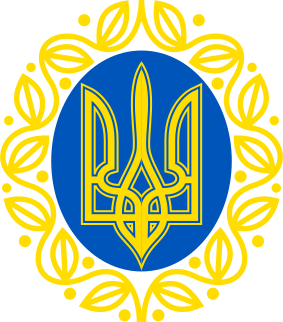 W
WThe Central Council of Ukraine was the All-Ukrainian council that united the political, public, cultural and professional organizations of the Ukrainian People's Republic. After the All-Ukrainian National Congress, the Council became the revolutionary parliament in the interbellum lasting until the Ukrainian-Soviet War.
 W
WThe coat of arms of Kyiv features the Archangel Michael officially named as "Saint Michael the Archistrategos", wielding a flaming sword and a shield on an azure field.
 W
WHotel Dnipro is a four-star hotel located in central Kyiv, the capital of Ukraine, on European Square., next to Khreschatyk Street and near Maidan Nezalezhnosti.
 W
WThe General Secretariat of Ukraine was the autonomous Ukrainian executive government of the Russian Republic from June 28, 1917 to January 22, 1918. For most of its existence it was headed by Volodymyr Vynnychenko.
 W
WThe Golden Gate of Kyiv was the main gate in the 11th century fortifications of Kyiv, the capital of Kyivan Rus'. It was named in imitation of the Golden Gate of Constantinople. The structure was dismantled in the Middle Ages, leaving few vestiges of its existence. It was rebuilt completely by the Soviet authorities in 1982, though no images of the original gates have survived. The decision has been immensely controversial because there were many competing reconstructions of what the original gate might have looked like.
 W
WIndependence Monument is a victory column located on Maidan Nezalezhnosti in Kyiv and is commemorated to the Independence of Ukraine.
 W
WVikentiy Viacheslavovych Khvoyka was a Czech-born Ukrainian–Russian archaeologist, who discovered the Neolithic Trypillia culture of Ukraine. He also researched the Scythian, Zarubintsy, Chernyakhov and early Slavic archaeological cultures.
 W
WKiev Governorate, or the Government of Kiev, was an administrative division of the Tsardom of Russia and then the Russian Empire. The government was established in December 1708 as one of the eight guberniyas first created during the reforms of Peter the Great.
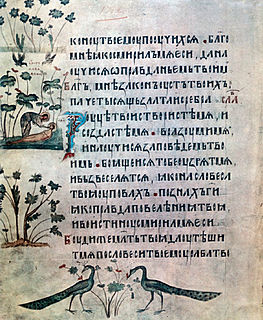 W
WThe Kiev Psalter of 1397, or Spiridon Psalter, is one of the most famous East Slavic illuminated manuscripts, containing over three hundred miniatures. It was written in 1397 by the scribe, Archdeacon Spiridon in Kiev, "at the command of Bishop Mikhail"; however, both scribe and patron had recently arrived from Moscow, and the decorations were probably added there later, in a refined and lively style, closely following a Byzantine 11th century Psalter.
 W
WKiev Viceroyalty was created in the process of the Catherine's reform initiated by hers November 7, 1775 edict when the new administrative unit namestnichestvo (viceroyalty) was introduced.
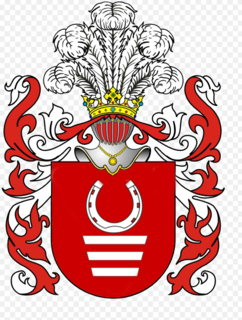 W
WThe Kobyzewicz family was a boyar family of the Grand Duchy of Lithuania in the 16th—17th centuries. The family's cadet branch, Kobyzewicz-Krynicki, received the status of the Polish szlachta. The family was known for their active role in the history of Kiev. The Kobyzewicz family is claimed to be paternal to the Lizohub family of the Cossack Hetmanate.
 W
WKyi, Shchek and Khoryv were three legendary brothers - often mentioned along with their sister Lybid - who, according to the Primary Chronicle, founded the medieval city of Kyiv, which eventually became the capital of present-day Ukraine. There is no precise and historically established information about the rule of Kyi and the establishment of the city of Kyiv.
 W
WThe Kyiv City Duma building housed Kyiv City Duma before World War II. The building was located on the then Dumskaya Ploschad of the Khreschatyk street and stood in the centre of it.
 W
WThe Medal "In Commemoration of the 1500th Anniversary of Kyiv" was a state commemorative medal of the Soviet Union established by decree of the Presidium of the Supreme Soviet of the USSR on May 10, 1982 to commemorate the 1500th anniversary of the Hero City of Kyiv.
 W
WThe Mongol conquest of Kievan Rus' was part of the Mongol invasion of Europe, in which the Mongol Empire invaded and conquered Kievan Rus' and other Russian principalities in the 13th century AD, destroying numerous cities, including Ryazan, Kolomna, Moscow, Vladimir and Kiev.
 W
WMonument of the Great October Revolution was a Soviet monument that was located on the October Revolution Square from 1977–1991 in what is now Independence Square in Kyiv, Ukraine's capital city and during the lifespan of the Monument of the Great October Revolution the capital city of the Ukrainian SSR as part of the Soviet Union.
 W
WThe Mykilska Slobidka was a former sloboda (settlement) located on the left-bank outskirts of Kyiv, the capital of Ukraine. Today, the settlement is now part of the Livoberezhnyi neighborhood of the Dnipro Raion (district) of Kyiv.
 W
WAll-Ukrainian National Congress became the first representative forum of the Ukrainian national movement in Ukraine and the first step towards the creation of Ukrainian National State. The congress was organized by the Ukrainian Central Rada and took place on 19–21 April [O.S. 6–8 April] 1917. The congress took place about a month after the creation of the Central Council of Ukraine and the 1917 March events in Petrograd. There were 1,500 delegates that participated in the congress and included 700 delegates with a decisive vote rights, 200 had consultative vote rights, and the rest were guests and invited participants. The key purpose of the congress was to recognize the Central Council of Ukraine as the All-Ukrainian National representative authority and widen its competency over the whole territory of Ukraine.
 W
WProfessor Evgeny Oscarovich Paton was a Russian and Soviet engineer of Ukrainian descent who established the E. O. Paton Electric Welding Institute in Kyiv. Paton was a people's deputy of the Supreme Soviet of the Soviet Union (1946–1953). He was the father of Borys Paton.
 W
WThe Romanian Volunteer Corps in Russia, or Volunteer Corps of Transylvanians-Bukovinians, was a military formation of World War I, created from ethnic Romanian prisoners of war held by Russia. Officially established in February 1917, it comprised abjurers of the Austro-Hungarian Army, mainly contingents from Transylvania and Bukovina. These had been obliged to fight against Romania, and, once in Russian custody, volunteered for service against the Central Powers. As campaigners for self-determination and union with Romania, they passed political resolutions which, in both tone and scope, announced those adopted on Union Day 1918.
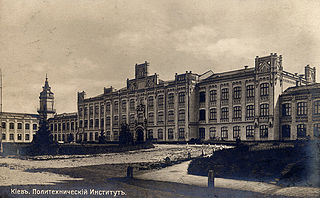 W
WThe Shuliavska Republic was a self-declared entity in Shuliavka neighborhood, Kiev by workers of the factory of Greter, Krivanek, & Co and students of the Kiev Polytechnic Institute. The uprising lasted a total of four days, from December 12–16, 1905.
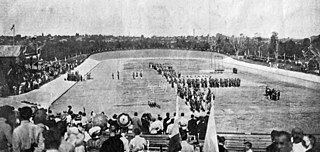 W
WThe Sports Ground in Kyiv, Ukraine was the first permanent sports stadium in the Russian Empire. It was opened on 12 August 1912, and used during the First All-Russian (Imperial) Olympiad in 1913. It was located in the old historic area of Lukianivka of Kyiv.
 W
WSyrets was a Nazi concentration camp established in 1942 in Kyiv's western neighborhood of Syrets, part of Kyiv since 1799. The toponym was derived from a local small river. Some 327 inmates of the KZ Syrets were forced to remove all traces of mass murder at Babi Yar.
 W
WThe Kyiv City Teacher's House also known as the Central Council House is a historical building located at 57 Volodymyrska Street, in Kyiv, Ukraine. The building is located next to the "Yellow Building" of Taras Shevchenko National University of Kyiv and the Presidium Building of National Academy of Sciences of Ukraine.
 W
WTrukhaniv Island is an island located on the Dnieper River opposite the historic Podil neighbourhood of the city of Kyiv.
 W
WHotel Ukraine, also referred to as Hotel Ukrayina, is a four-star hotel located in central Kyiv, the capital of Ukraine.
 W
WThe Vladimir Lenin monument in Kyiv was a statue dedicated to Vladimir Lenin, the founder of the Soviet Union in Kyiv, the capital of Ukraine. The larger than life-size Lenin monument was built by Soviet sculptor Sergey Merkurov from the same red Karelian stone as Lenin's Mausoleum. It was displayed at the 1939 New York World's Fair and erected on Kyiv's main Khreshchatyk Street on 5 December 1946.
 W
WZamkova Hora hill in Kyiv, Ukraine is a historical landmark in the center of the city. It is part of the city's geographic relief complex known as Kyiv Mountains. The place is called "Zamkova" because Vytautas the Great had his castle here. Other names: Khorevytsya, Kyselivka, Frolovska, Lysa Hora. Some important events of Ukrainian history took place on the hill.